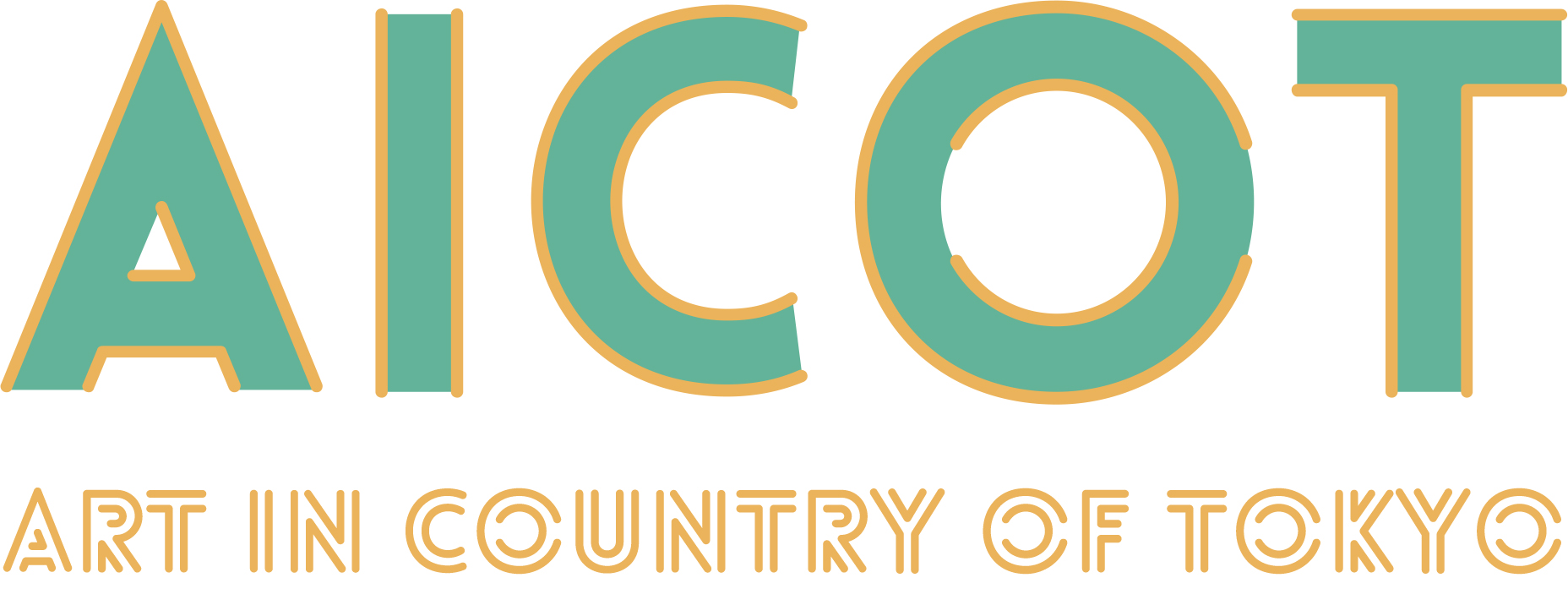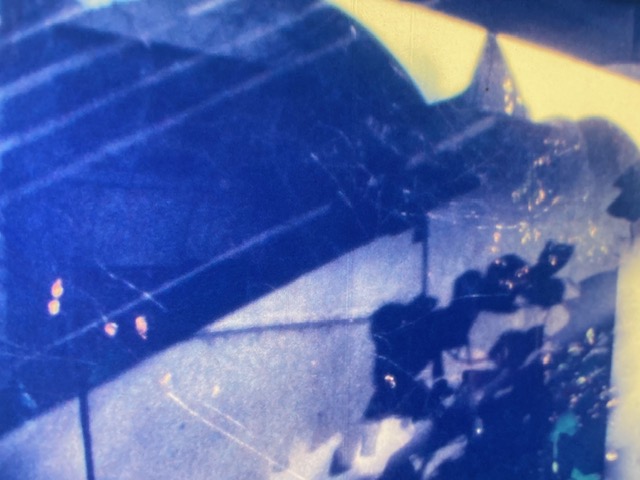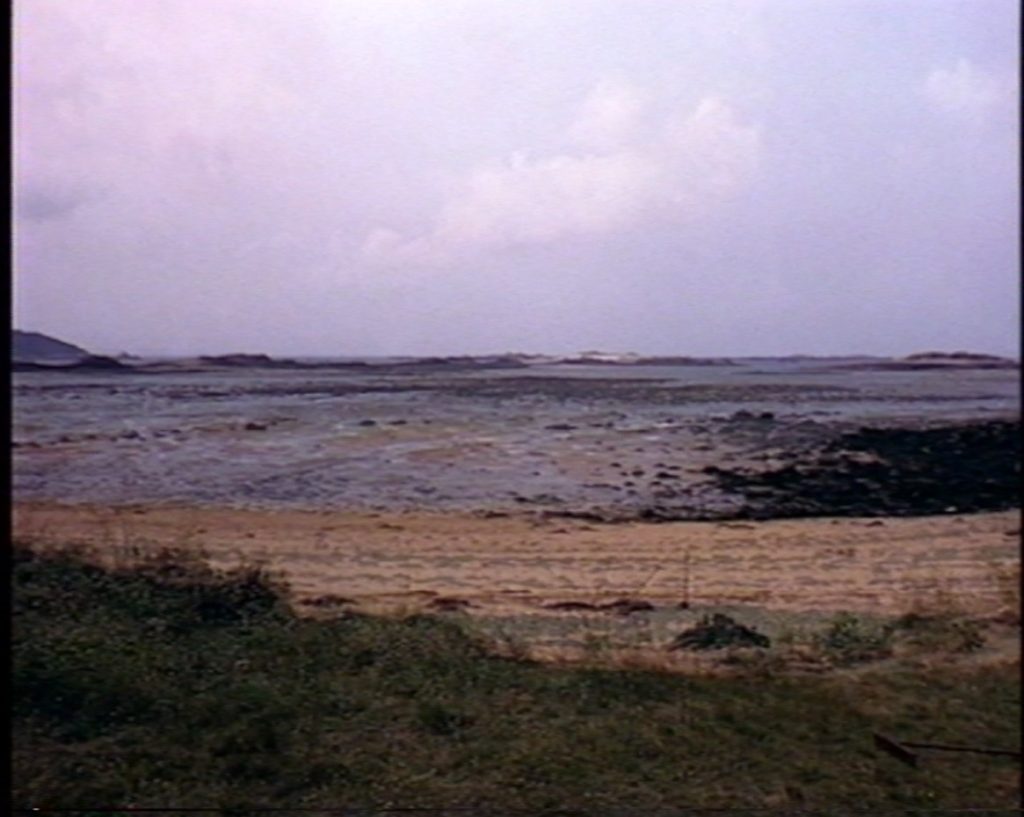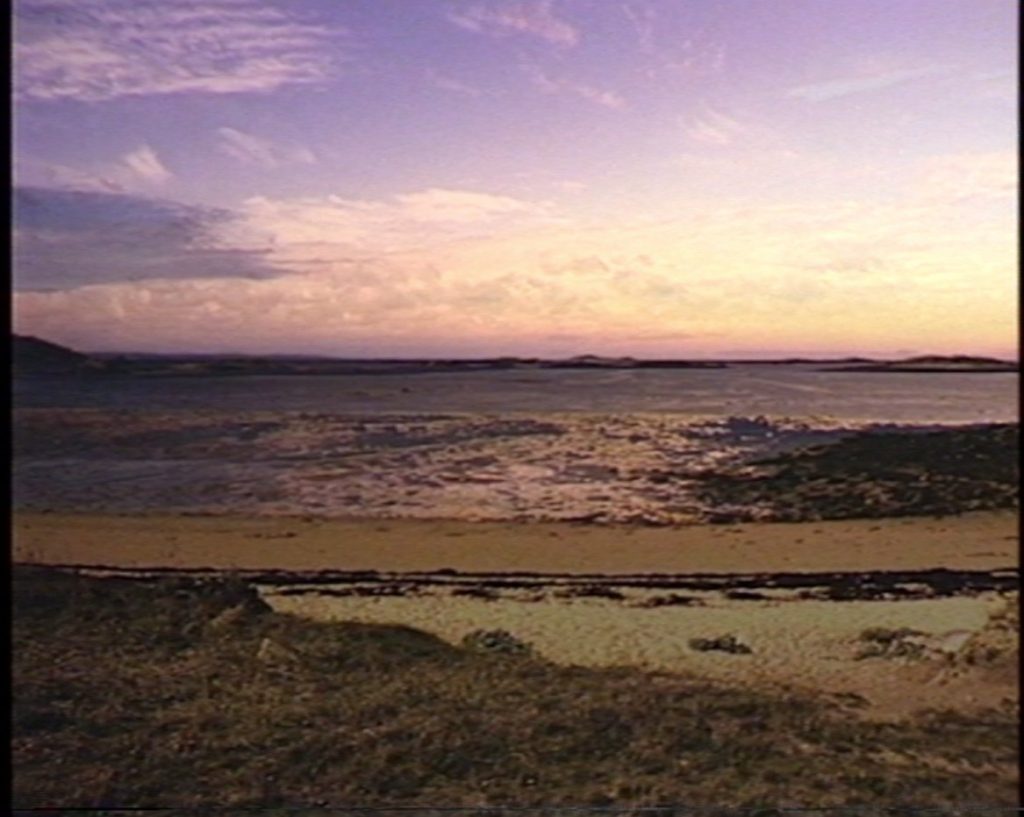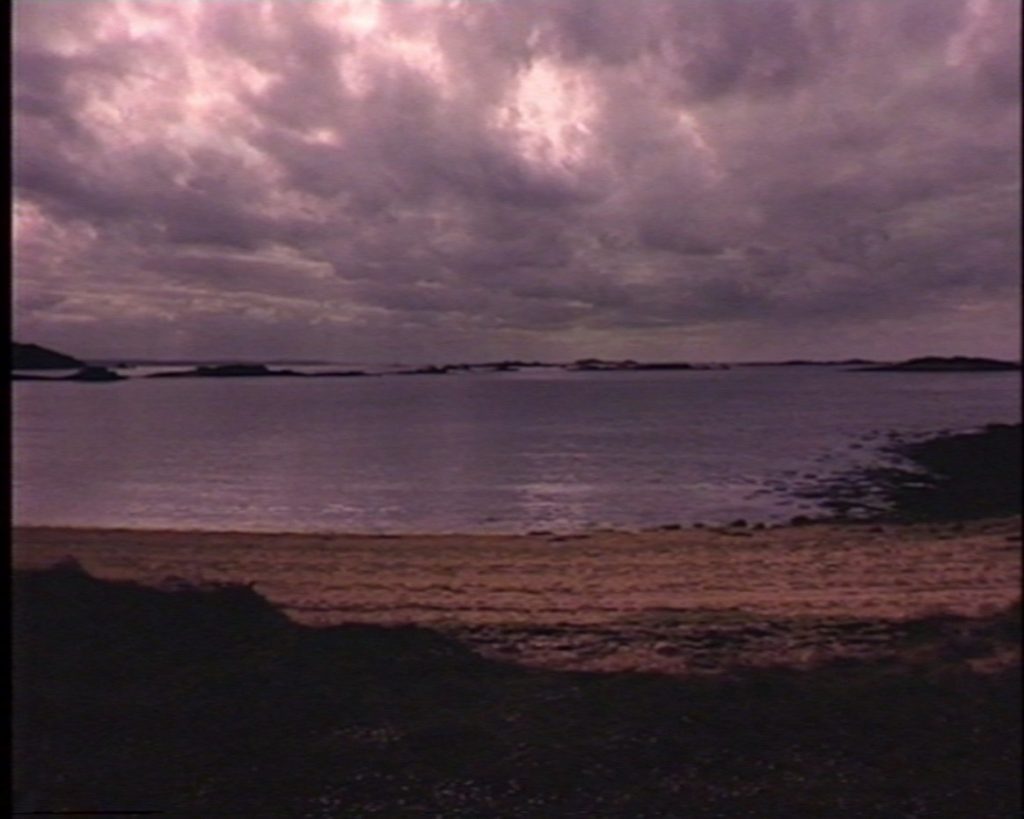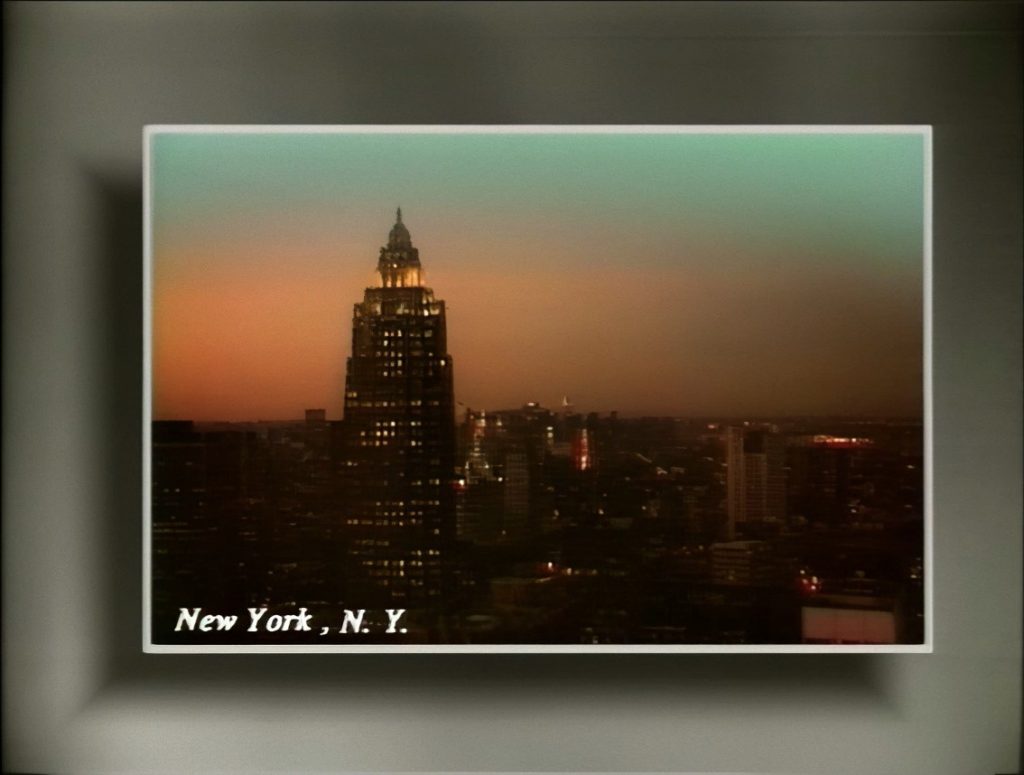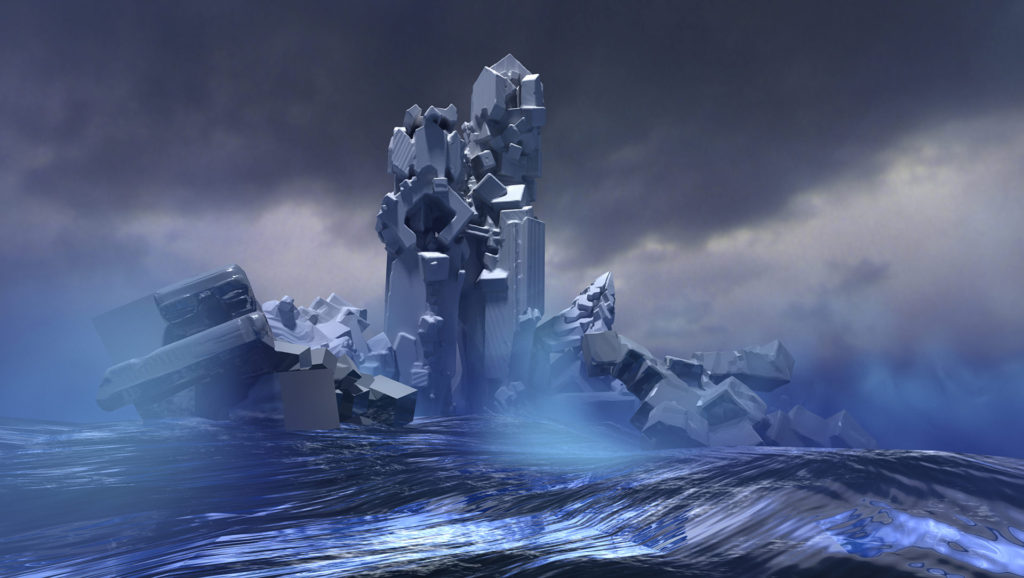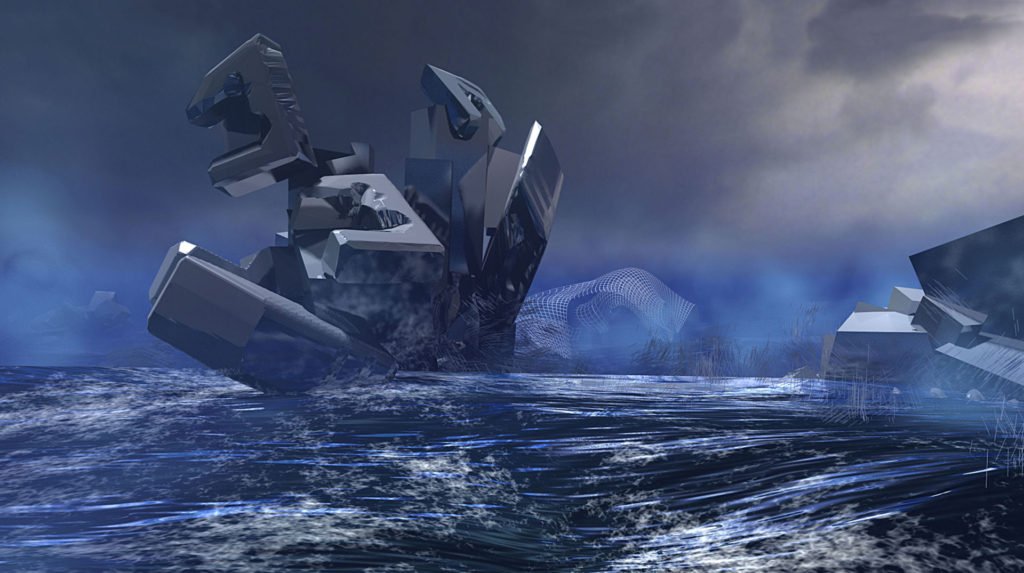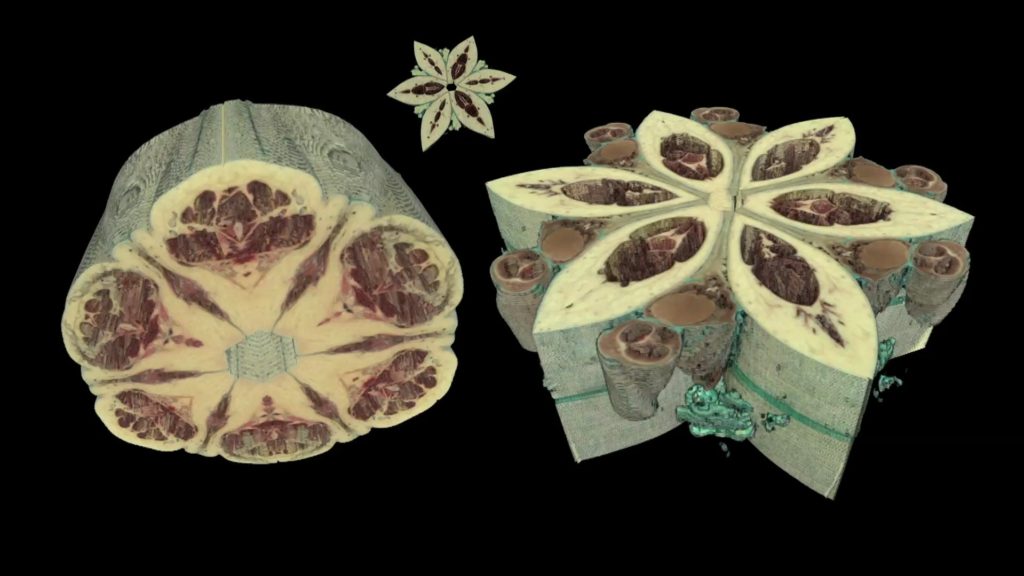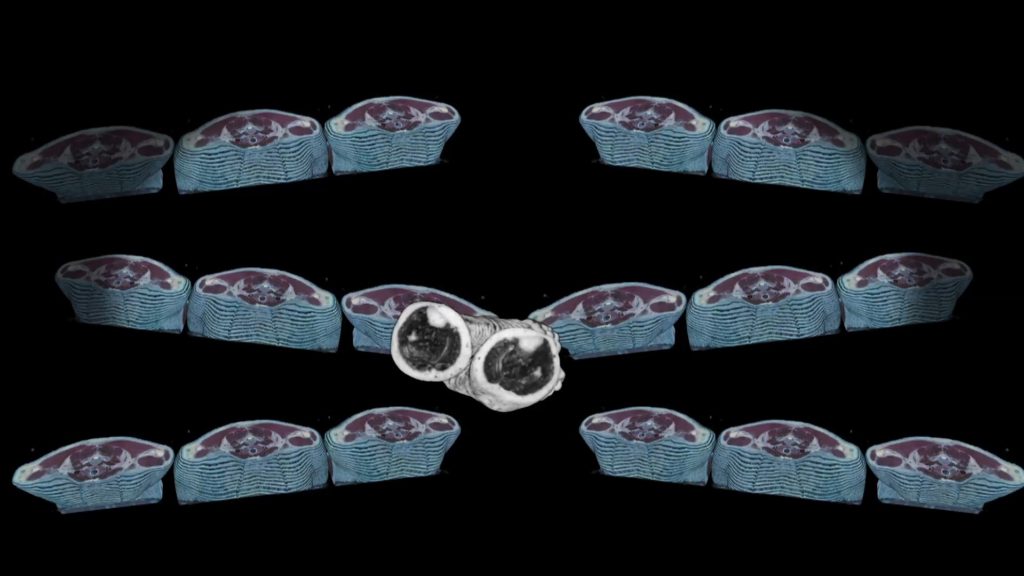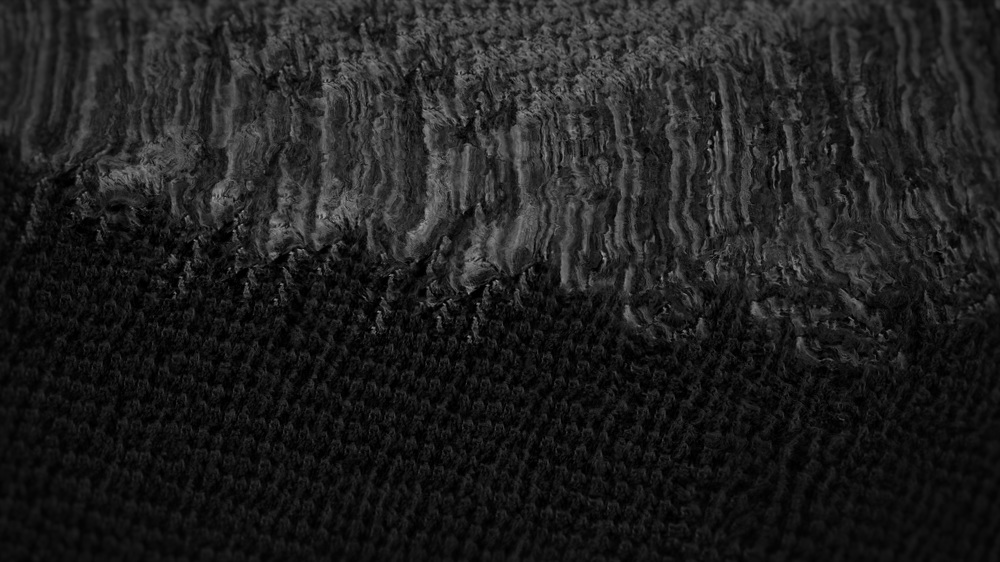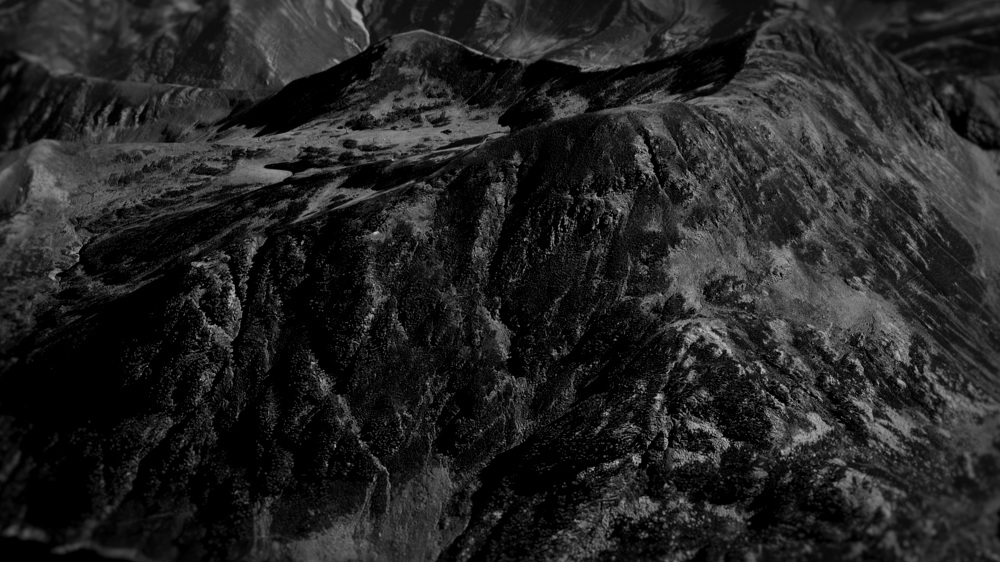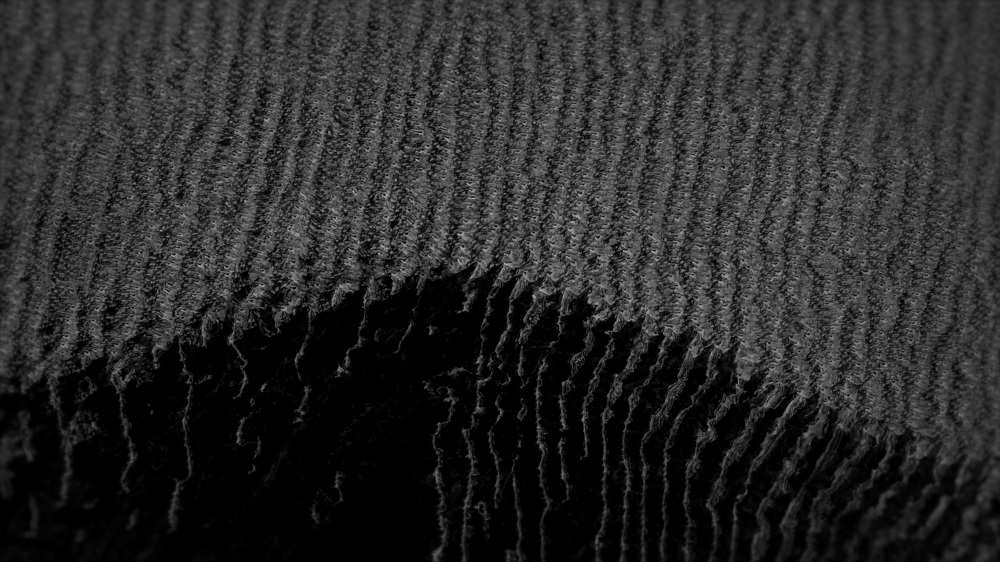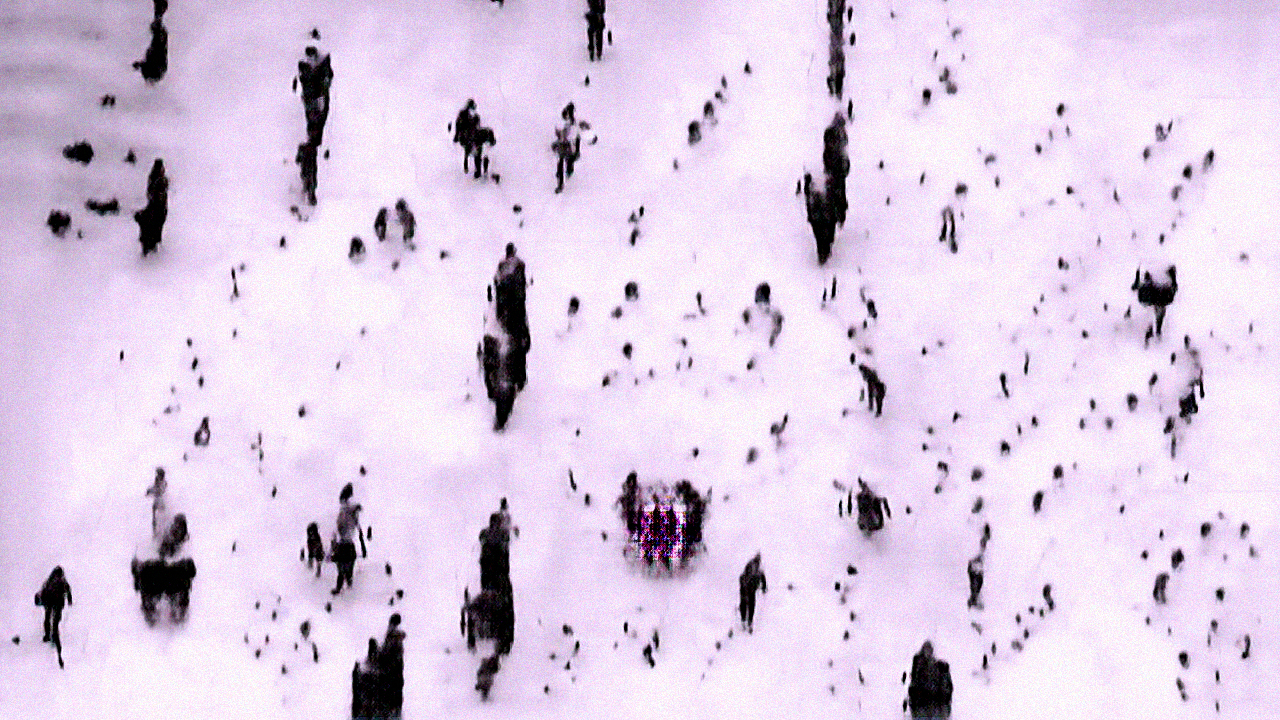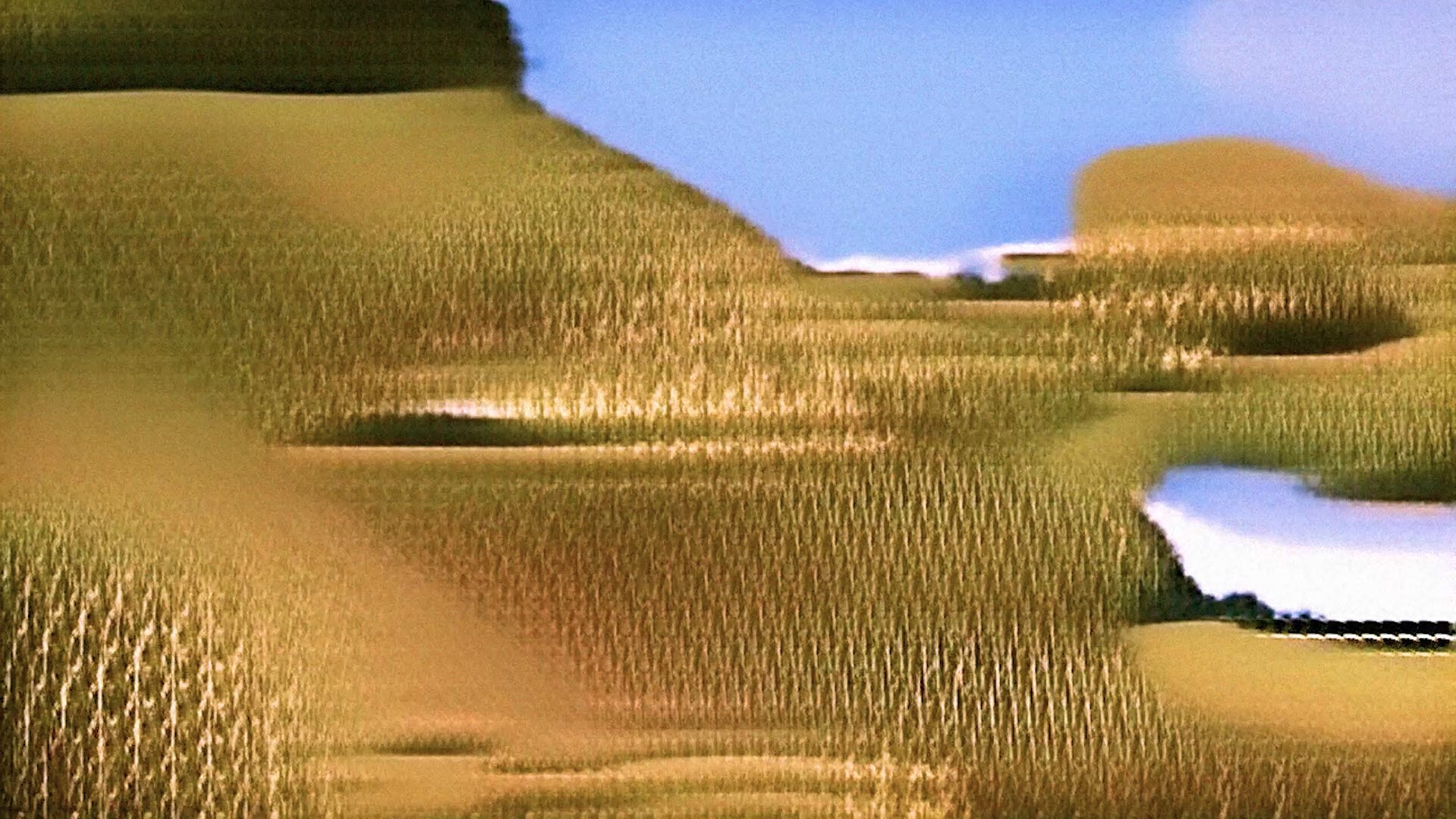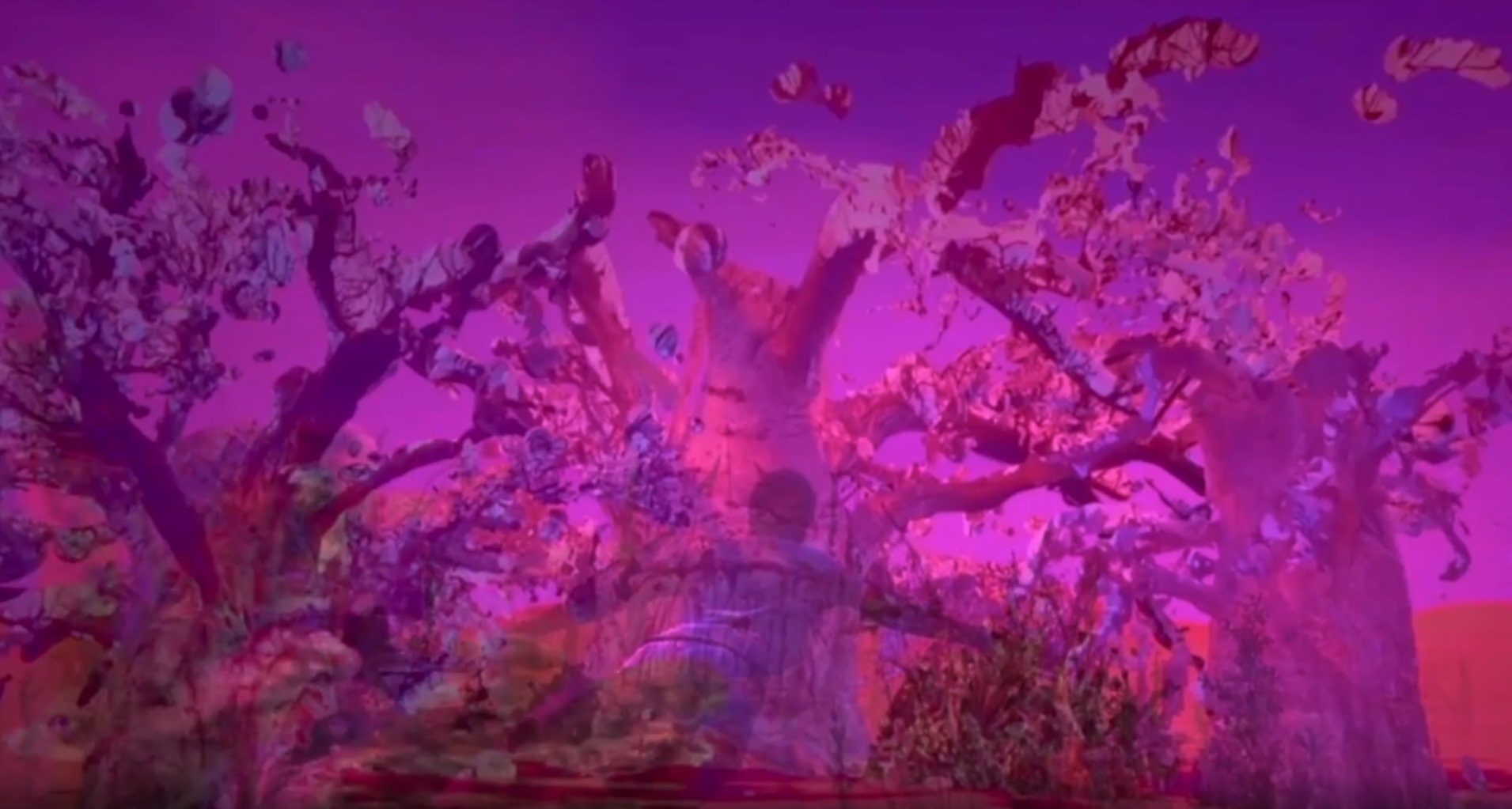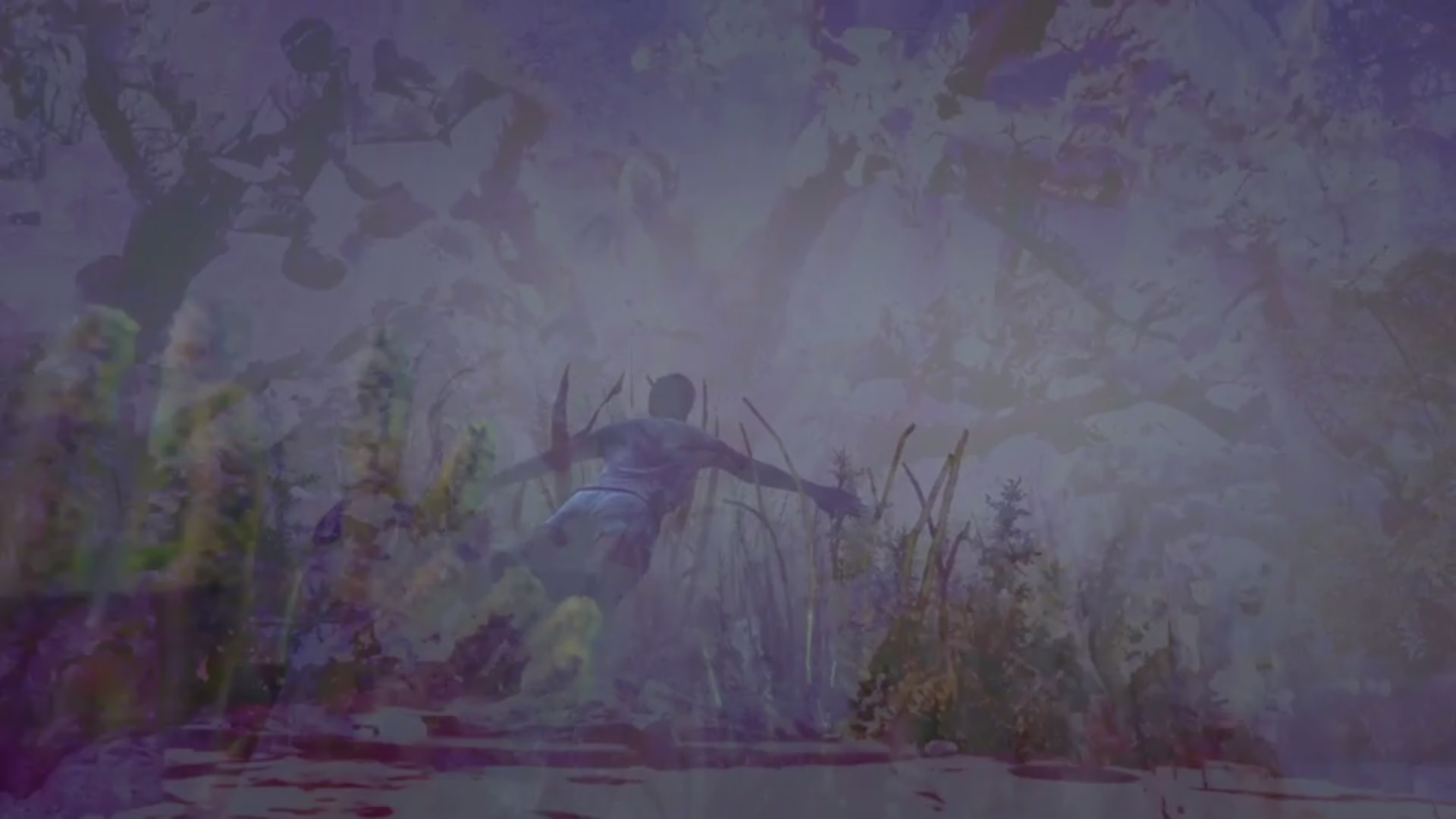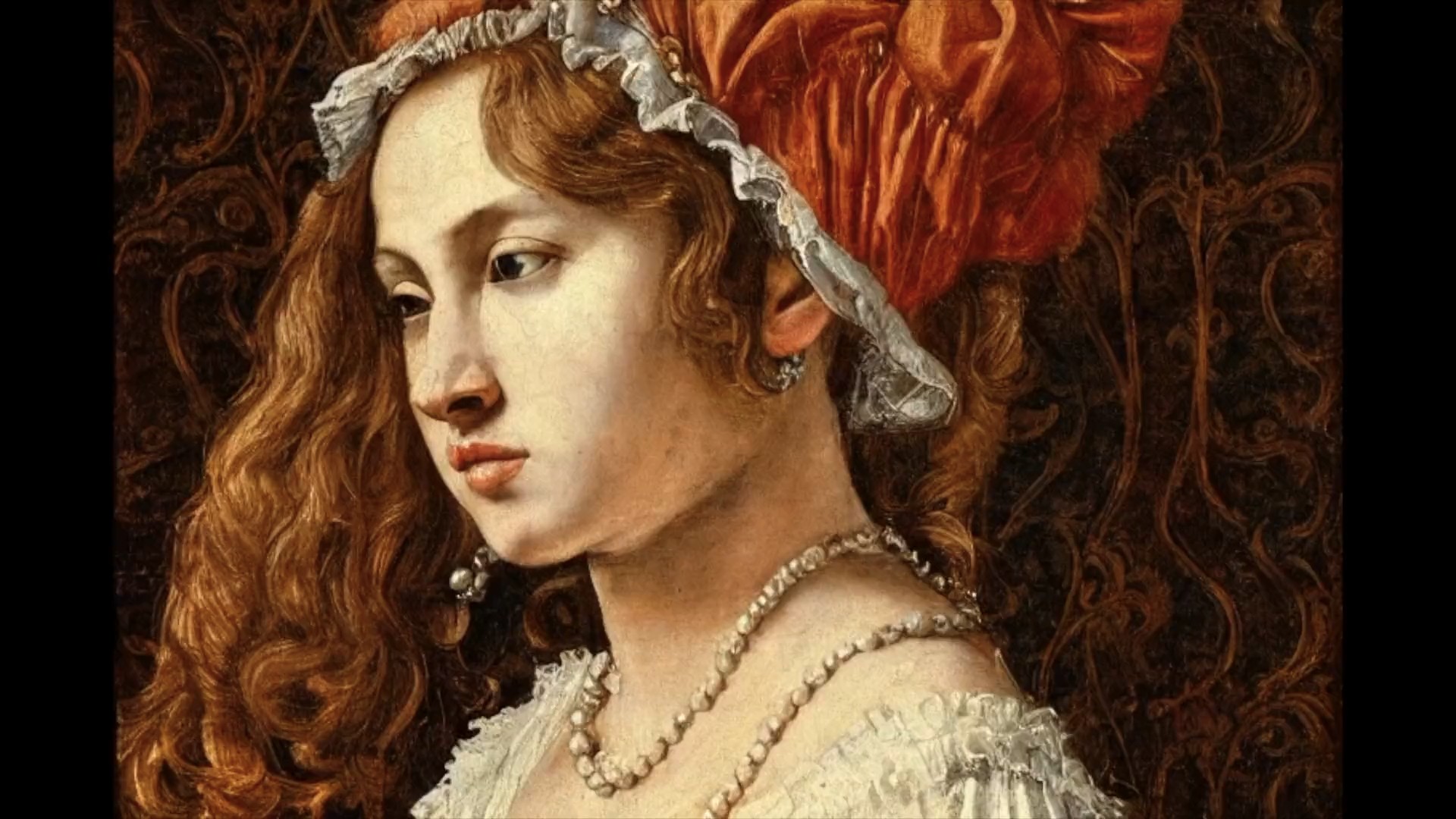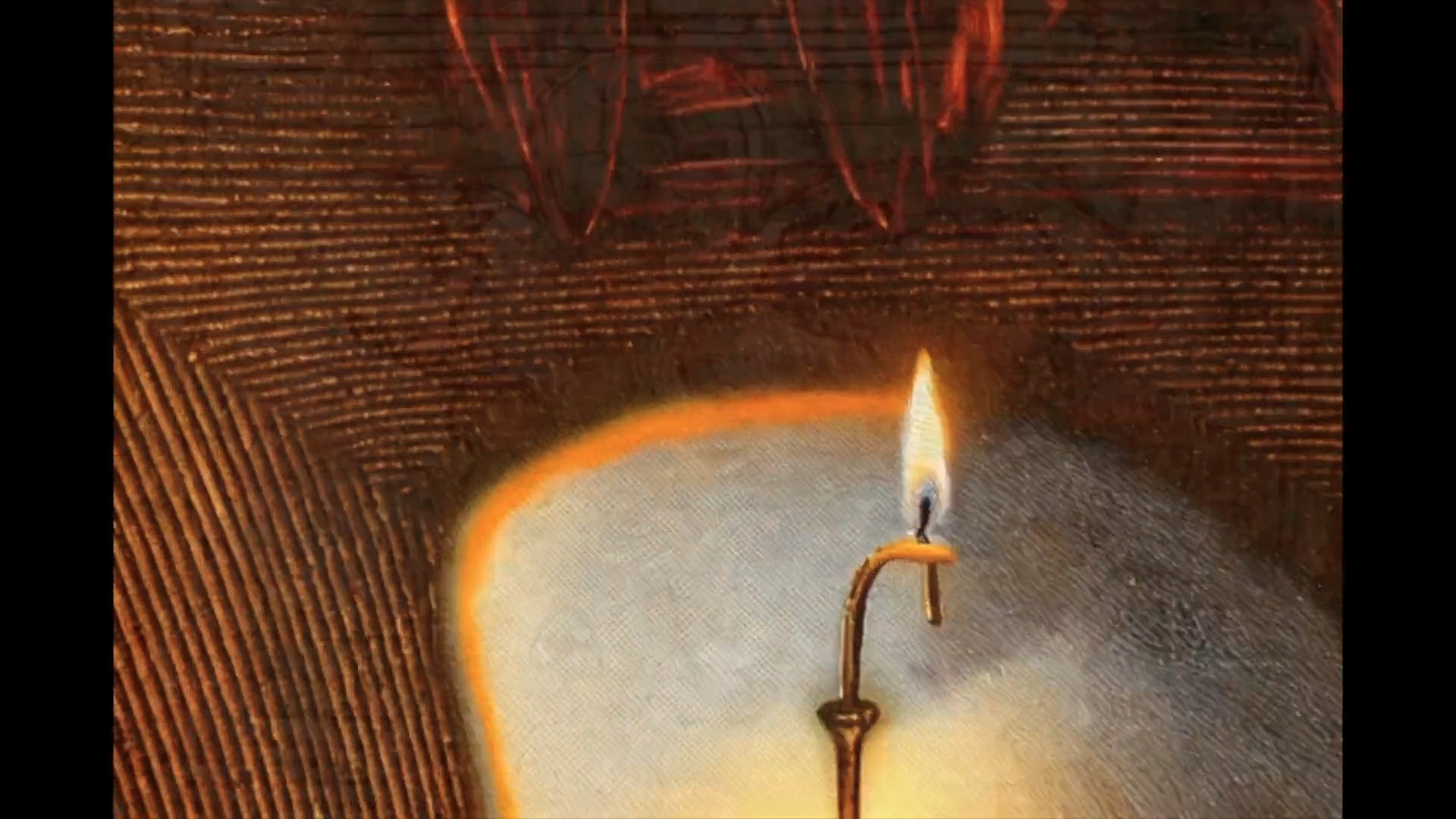September 11 (Wed), 2024
Institut français de Tokyo, Espace images
8mm film, 16mm film, digital screening & lecture "AICOT 2024 in Espace Image"
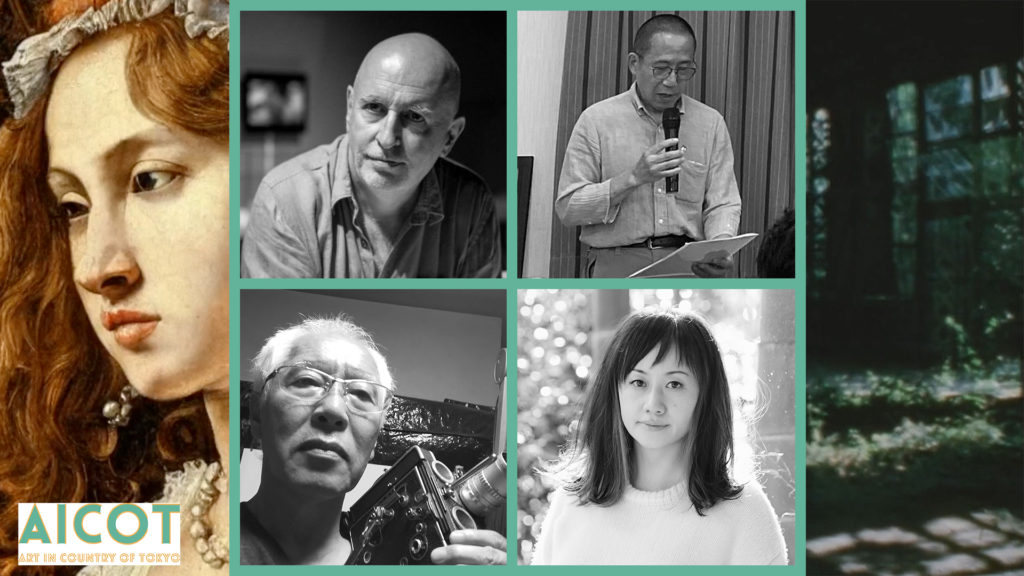
Art in Country of Tokyo 2024 (AICOT 2024) is the second art festival of the year, featuring nearly 40 artists from six countries in
Tokyo 23 Wards, Tama Area and Shikinejima.
The first part of the program will feature two "personal film" artists of 8mm and 16mm films, organized by Sungnam Han, the director of AICOT.
The program will include screenings of works by Hiroyuki Sekine, synonymous with derelict houses films, and Masaru Noto, who creates 16mm films with the ultimate in self-developing.
AICOT 2024 will invite the director of VIDEOFORMES, an international digital art festival that has been held in Clermont-Ferrand since 1986. According to Gabriel Soucheyre, new technologies always raise new questions and bring new possibilities, and after 40 years of witnessing the transition of art, we will present a selection of his video works - made with new technologies and sometimes against them - in two parts.
Time schedule
Part 1
14:45 Open
15:00 - 16:00 8mm film by Hiroyuki Sekine
16:15 - 17:15 16mm film by Masaru Noto
17:30 - 18:00 Discussion by Hiroyuki Sekine, Masaru Noto and Sung Nam Han
Part 2
18:45 Open
19:00 - 20:00 VIDEOFORMES Screening Program “Video Art, a journey"
20:00 - 20:30 Lecture by Gabriel Sucher
20:30 - 21:00 Dialogue by Gabriel Soucheyre and Sung Nam Han
All seats are unreserved,
We ask you to vacate the hall between each part.
Doors open 15 minutes prior to the start of the show.
Each of Part 1 and Part 2: Advance 1800 yen, Same day 2000 yen
All day ticket: Advance 3000 yen Same day 3500-yen
https://artsticker.page.link/AICOT_0911_web
*No cancellations or refunds will be accepted.
Video screening program by AICOT (Japan)
15:00 - 16:00
8mm film screening by Hiroyuki Sekine
Hiroyuki Sekine / Tokyo Sanpo Vol.1 / Single-8 / 28min. / 1987 / Japan
Hiroyuki Sekine / Ruins of ruins in Okubo / Single-8 / 12min. / 1989 / Japan
Hiroyuki Sekine / Ruins of Iogi / Single-8 / 8min. / 1989 / Japan
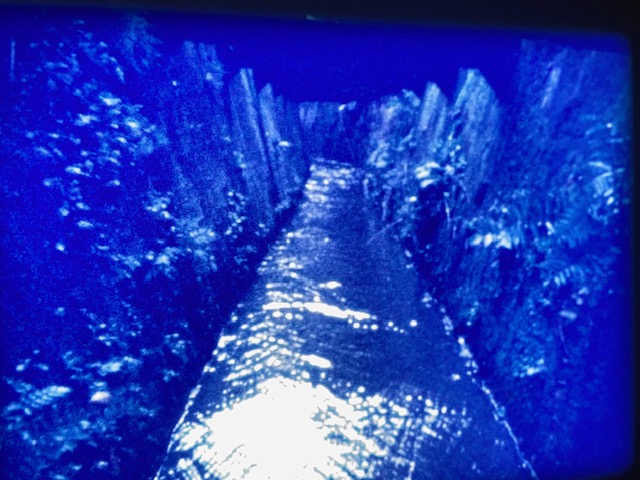
≪Tokyo Sanpo Vol.1≫
Hiroyuki Sekine / Single-8 / 28min. / 1987 / Japan
After creating 《Etude》, I was unable to make a film for a while, so I wandered around Tokyo's riverside areas and finally gained the confidence to shoot landscapes, and began to take pictures of pleasant and relaxing scenery. Later, I began to explore the possibility of using my camera in deserted places.
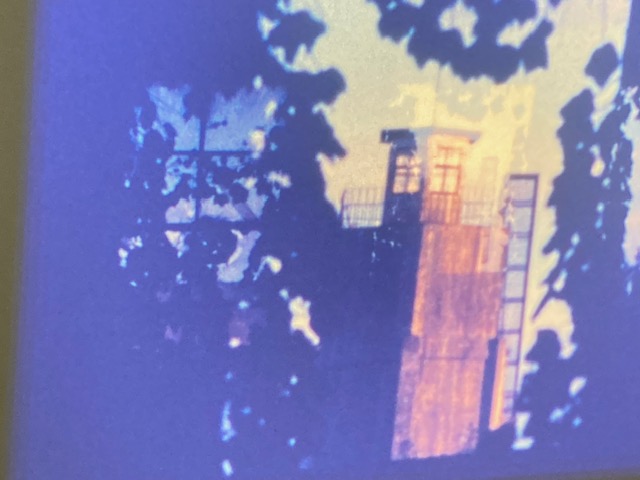
≪Ruins of ruins in Okubo≫
Hiroyuki Sekine / Single-8 / 12min. / 1989 / Japan
I found a vast abandoned building north of Iogi Station on the Seibu Shinjuku Line. Finding a place I could enter through a wire fence, I snuck in and began filming, but when I tried to enter a building near the main gate, a security guard spotted me. I wondered what would happen and said, "Please, let me film for another 30 minutes." He listened to my selfish request. I hurried and was able to take pictures in the setting sun.
≪Ruins of Iogi≫
Hiroyuki Sekine / Single-8 / 8min. / 1989 / Japan
In Hyakunincho, a short walk from Okubo Station, I found a vast abandoned building that looked like a concrete testing facility. Looking for a place to enter, I found a broken fence bordering a neighboring chemical plant, where there were signs that someone had entered. I immediately started shooting using the hole. The test site had a factory and research institute on the south side and dormitories and offices on the north side. One of the dormitories was used as a guard station. The building was demolished around 1991.
Video screening program by AICOT (Japan)
16:15 - 17:15
16mm film screening by Masaru Noto
Masaru Noto / France in a dream / Single-16 / 6min. / 2009 / Japan
Masaru Noto / Japanese persimmon / Single-16 / 7min. 2sec. / 1999 / Japan
Masaru Noto / Instead of dream 7 / Single-16 / 7min. / 2013 / Japan
Masaru Noto / Instead of dream 9 / Single-16 / 6min. / 2001 / Japan
Masaru Noto / while dreaming / Single-16 / 6min. / 2024 / Japan
Masaru Noto / Plow / Single-16 / 10min. / 1996 / Japan
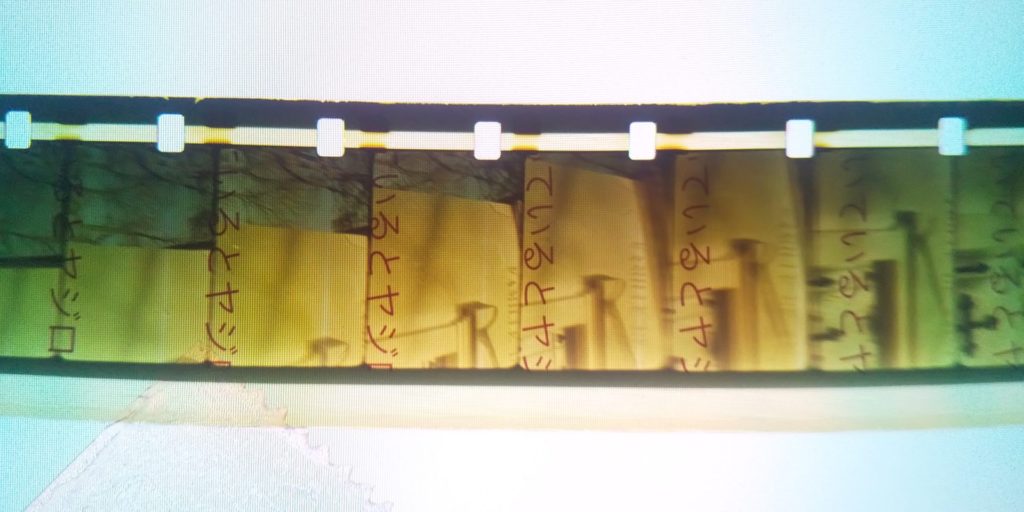
≪France in a dream≫
Masaru Noto / 16mm / 6min. / 2009 / Japan
The cemetery in the video is Pere Lacuse. I later learned that Brakhage also visited this cemetery. The text is a dream I had on the plane on the way home.

≪Japanese persimmon≫
Masaru Noto / 16mm / 7min. 2sec. / 1999 / Japan
It is said that dreams are converted to some everyday format at the moment of awakening. In film, this is done through editing.

≪Instead of dream 7≫
Masaru Noto / 16mm / 7min. / 2013 / Japan
Lucio Fontana has a work called “Spatial Concepts Expectations”. There is a vivid cut of a knife on a painted canvas. When he tried it with film, space became time.
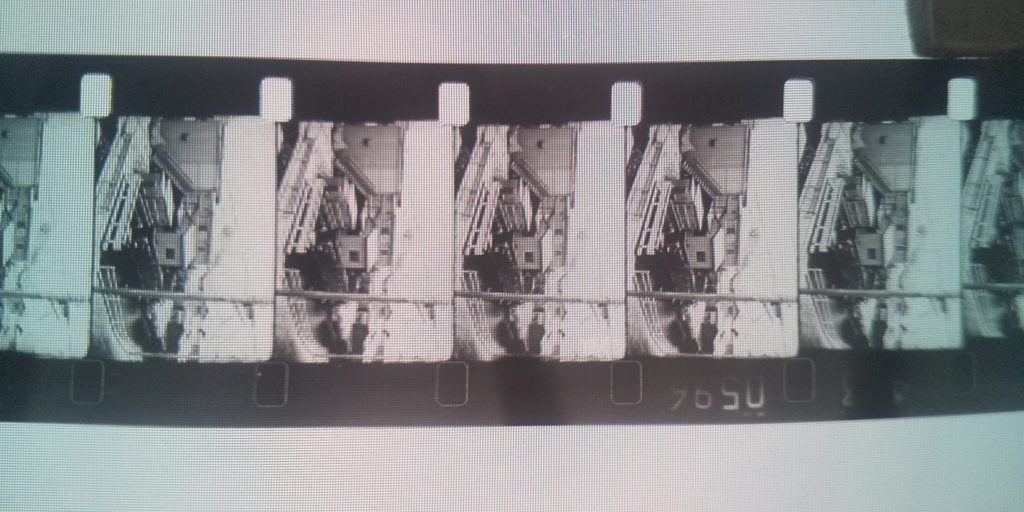
≪Instead of dream 9≫
Masaru Noto / Single-16 / 6min. / 2001 / Japan
B&W has a latitude (the range of light and dark that can be expressed) of 10:7, which is wider than that of color. Therefore, dark and light areas can be explored more deeply than with color. Soft tones and hard tones can also be expressed by selecting the film and developer.
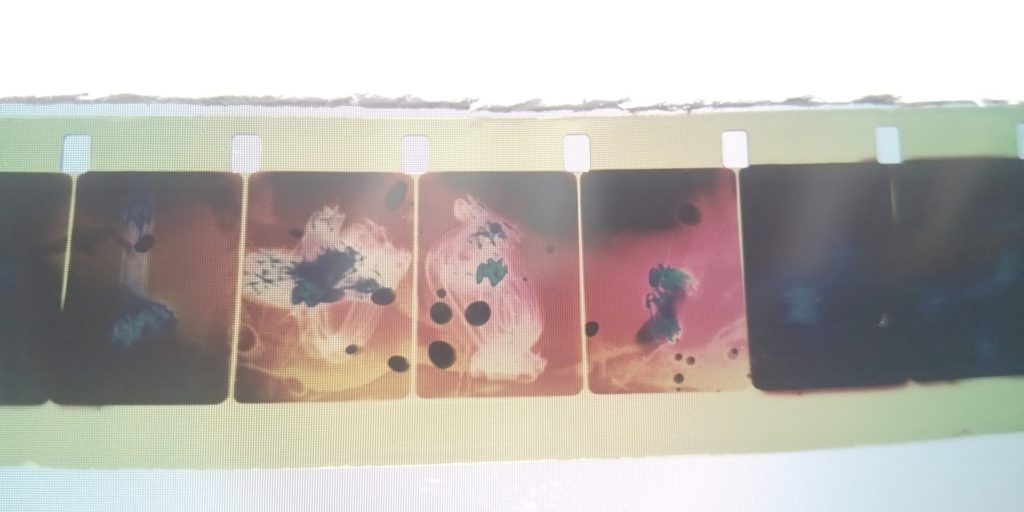
≪while dreaming≫
Masaru Noto / Single-16 / 6min. / 2024 / Japan
When a negative is placed in a microwave oven in the middle of development, the image is crushed in some places by the heat. Then, another image is burned on the crushed area. This creates a visual rhythm that is beyond our control.
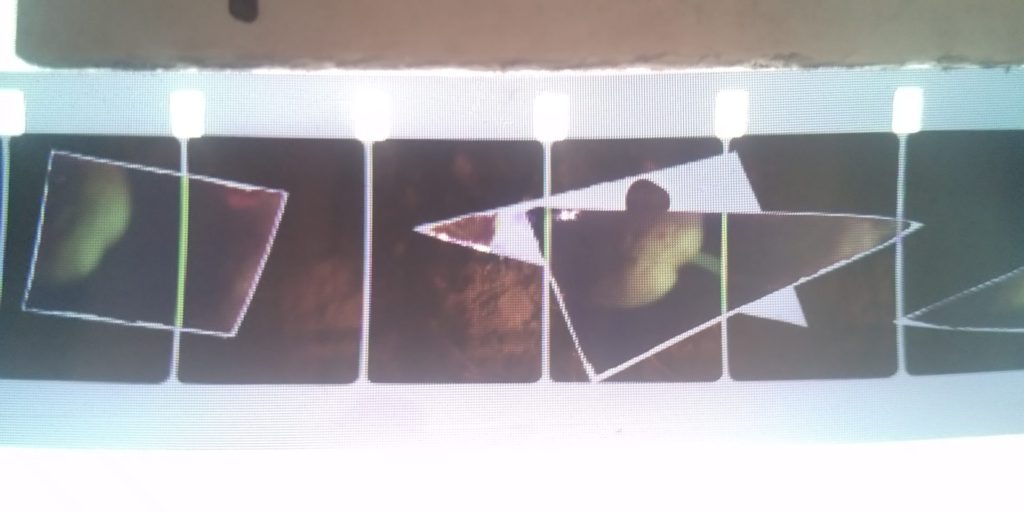
≪Plow≫
Masaru Noto / Single-16 / 10min. / 1996 / Japan
Several negative films are randomly repeated in light and dark cycles on a single positive film. Whether or not it appears as an image is left entirely to chance.
Video screening program by VIDEOFORMES (France)
19:00 - 20:00
VIDEOFORMES Screening Program “Video Art, a journey"
Dominique Belloir / Scenography of a landscape / digital / 5min. 30sec. / 1985 / France
Robert Cahen & Alain Longuet / Video postcards / digital / 4min. 20sec. / 1986 / France
Giuliana Cuneaz / Zone Fuori Controllo / digital / 5min. 4sec. / 2011 / Italy
Jérôme Lefdup / Addendum / digital / 5min. 5sec. / 2016 / France
Boris Labbé / Orogenesis / digital / 7sec. 30s. / 2016 / France
Guli Silberstein / Somewhere we live in little loops / digital / 5min. 49sec. / 2020 / United-Kingdom
Isabelle Arvers / Liquid forest / digital / 11min. 34sec. / 2023 / France
Ismaël Joffroy Chandoutis / Virtual Kintsugi / digital / 11min. 56sec. / 2022 / France
≪Scenography of a landscape≫
Dominique Belloir / digital / 5min. 30sec. / 1985 / France
"Scénographie d’un paysage" (Scenography of a landscape) was created between 1982 and 1985, from a hundred photographs of a fragment of the Breton coastline, rigorously respecting the same framing throughout the seasons, the sea and tidal movements, the sky, wind, light, clouds and coastal vegetation in the foreground.
Through a series of cross-fades, we obtain this fixed landscape evoking a theatrical stage in perpetual mutation of colors and lighting. This contemplative work, with original music by Jean-Yves Bosseur, was digitally remastered in 2010.
≪Video postcards≫
Robert Cahen & Alain Longuet / digital / 4min. 20sec. / 1986 / France
30 seconds to dream. Postcards come to life with video. A collection of immortal images from around the world.
≪Zone Fuori Controllo≫
Giuliana Cuneaz / digital / 5min. 4sec. / 2011 / Italy
The cycle of stereoscopic 3D animations of Zone Fuori Controllo which include Waterproof, Crystal Growth, Rompere le acque and Fire Flows, is dedicated to urgently current problems such as natural disasters and ecological disruption. They are “other landscapes” which establish a direct relationship with reality, an unpredictable trip through the waves of a sea storm, the mysterious gorges of a grotto, the lava flow of a volcano, or the collision of huge icebergs. The series is inspired by the idea of the sublime, and is also intended as a tribute to the protagonists of Romantic painting, such as Caspar David Friedrich or William Turner. What shines through the contemporary face of catastrophe is not only the violence that springs from nature’s energy, but the presumption of individuals who believe they can govern the destiny of the universe without respecting the ecosystem.
≪Addendum≫
Jérôme Lefdup / Addendum / digital / 5min. 5sec. / 2016 / France
The reconstruction of the two human bodies digitalized by The Visible Human Project is altered, distorted, and seems to give life and feelings back to the deceased couple, in a slow and ethereal waltz…
≪Orogenesis≫
Boris Labbé / digital / 7sec. 30s. / 2016 / France
A trip towards abstraction, as an hypothesis on how mountains might have been formed.
≪Somewhere we live in little loops≫
Guli Silberstein / digital / 5min. 49sec. / 2020 / United-Kingdom
Based on machine-learning technology, a video-generation tool learns and then re-creates a string of nature scenes and human life images. Woven together in a rhythmic, hypnotic pace, visual snippets and motion patterns appear, reborn and fall apart.
≪Liquid forest≫
Isabelle Arvers / digital / 11min. 34sec. / 2023 / France
The baobabs are disappearing. And these trees, whose spongy wood makes them perfect receptacles for the community’s water, which turns them into cistern trees, have been dying for the last ten years. Liquid Forest plunges you into these vertical rivers, inviting you to swim in the baobabs, in the corals and to immerse yourself in a gender fluid way, in a universe that is more than binary and in realities that are more than multiple, because everything is interconnected.
≪Virtual Kintsugi≫
Ismaël Joffroy Chandoutis / digital / 11min. 56sec. / 2022 / France
"Virtual Kintsugi" is a video art series where ten viewers imagine the original forms of ten damaged paintings covered in Japanese neutral paper. The AI uses the words of the viewers to regenerate the paintings, exploring infinite possibilities of preservation and the relationship between human and machine creativity.
≪Video Art, a journey≫
The pioneers of video art came from other art worlds, both in France and around the world. A new technology always raises new questions and offers new possibilities.
The most creative artists, those whose work is remembered in art history, experimented in television laboratories - because video is the daughter of television - music laboratories and art schools. By inventing new scripts for fiction, new paradigms for animation and even experimental and visual arts, video has evolved with computer-generated images, generative video, virtual reality, video games, immersive and interactive experiences. And finally, in recent years video has taken over, and even perverted, in a positive sense, more traditional art forms such as theatre, live music and other less conventional mixed forms.
In the forty years of its existence, VIDEOFORMES has been a witness of these developments and various forms of research as part of its festival. VIDEOFORMES has also supported artists in residence, in production and in distribution, thus keeping in close touch with research and creative acts. In doing so, VIDEOFORMES has seen the concerns of different generations emerge, particularly in the relationship between humans and their environment, their relationship with nature and to others.
The selection made for AICOT 2024 represents, imperfectly and incompletely, a rich and complex but nonetheless representative artistic journey. It begins with a poetic approach to the disruptions of the machine and continues with and sometimes against emerging technologies, as has always been the case in the course of art: computers, algorithms, artificial intelligence, etc. (to be continued).
Gabriel Soucheyre
Observatory of trends, laboratory, producer and dissemination activist of emerging art forms in which digital technologies and poetry define possible worlds, VIDEOFORMES stages an international digital arts festival in Clermont-Ferrand every year and reflects the vitality of hybrid and protean creations: installations, videos, performances, virtual reality… Dynamic meetings with various professionals are held as part of the Digital Acts and address artistic, cultural and societal issues.
VIDEOFORMES houses artists in residence every year, participates in national and international cultural events, proposes a programme of multidisciplinary experimental performances, a digital magazine (Turbulences Vidéo), a digital archive and a programme of artistic and cultural education.
Copyright © 2024 Art in Country of Tokyo (AICOT) Executive Committee All Rights Reserved.
